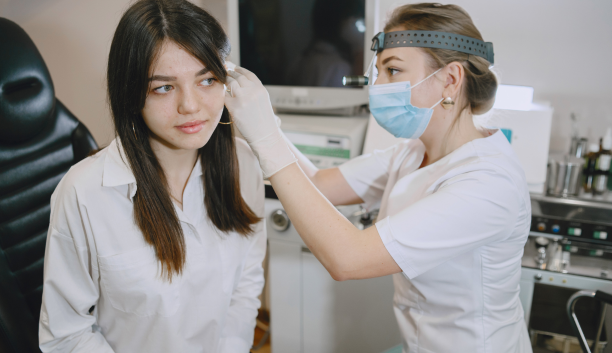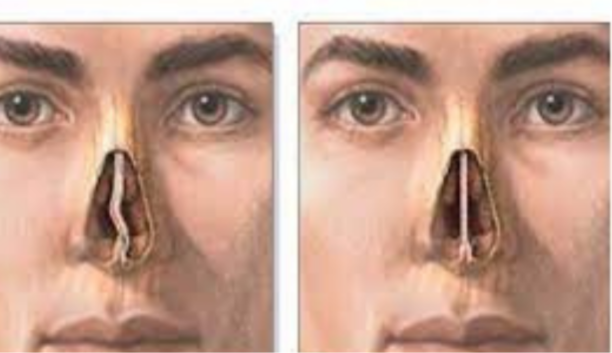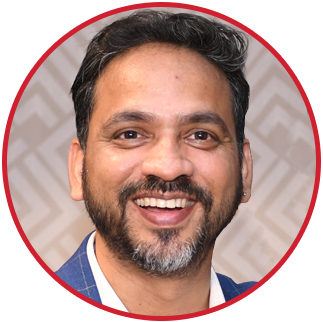Treatment for thyroid disorders
Treatment for thyroid diseases varies depending on the specific condition. For hypothyroidism, synthetic thyroid hormone replacement is commonly prescribed. Hyperthyroidism may be managed with antithyroid medications, radioactive iodine therapy, or surgery. Thyroid nodules may require monitoring, medication, or surgical removal. Thyroid cancer often necessitates surgery followed by radioactive iodine therapy, hormone therapy, and additional treatments as needed.
















